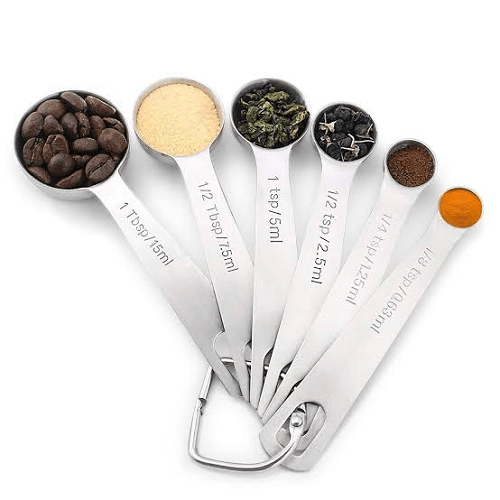Difference Between Teaspoon and TablespoonIn the kitchen of every house, there are heaps of silverware. The sets of forks, spoons, and knives used to dine with are known as cutlery. There are two separate spoons in the category of cutlery: teaspoons and tablespoons. A tablespoon is significantly larger than a teaspoon and can carry up to 15 ml, or 1/2 fl oz, compared to a teaspoon's maximum capacity of 5 ml, or 0.16 fl oz. Because of this, each has a unique use. Their sizes make up the majority of the variance between the two. The difference in size between the two spoons-the teaspoon being smaller and the tablespoon being larger-is the simplest method to tell them apart. Of course, the soup spoon, dessert spoon, etc. are not included in this. 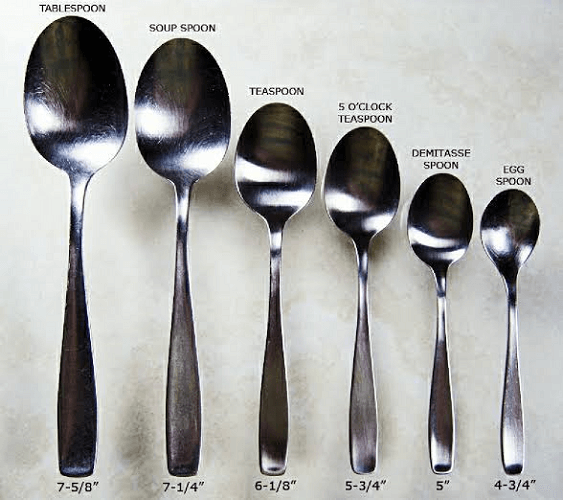
Except in cases when a coffee spoon is included, the teaspoon is typically the smallest spoon in a standard dining set. As implied by its name, tea is its main application. It is the spoon used to mix and add sugar to hot beverages like tea, coffee, and others. If there isn't a dessert spoon, some items, including dessert, can also be eaten using teaspoons. History of SpoonsKnives and spoons both have a long history. The hypothesis that the usage of spoons dates back to the ancient period is backed up by substantial pieces of evidence. The materials used to make spoons in ancient civilizations were ivory, gold, silver, bone, wood, and rock. The usage of spoons dates back thousands of years, to Egypt, India, and China, according to several ancient documents and scripts. Every century brings forth a number of different design changes. Yet, the contemporary spoon has a short, elliptical bowl that ends in a spherical handle. Only in the 1700s was the modern spoon design developed, and within a few decades they had gained widespread popularity. Since they made it simpler for people to prepare, serve, and consume many types of food, humans invented tools like spoons. They designed 50 distinct spoons, each used for a certain purpose, such as eating or preparing meals. The handle and the bowl are the primary two parts of a spoon. The spoon's bowl, which is hollow and used to contain whatever is being carried, is held in place by the handle. Types of SpoonsGiven that they serve varied purposes, spoons come in a variety of styles, dimensions, and forms. For different products, for baking, and for measuring, there is always the appropriate kind of spoon. Despite the fact that there are many distinct spoon kinds with various functions, we will just mention a few here. The most well-known are: Tablespoon, Teaspoon, Sugar Spoon, Dessert Spoon, Beverage Spoon, Coffee Spoon, Serving Spoon. Tablespoon
It was during the Renaissance when tablespoons were first invented. A big spoon for serving or consuming food is called a tablespoon. As a volume measurement in cooking, for instance. In every recipe book, it is the most crucial step in cooking. A tablespoon represents 15 ml. Moreover, it is equivalent to 3 teaspoons, 1/16th of a cup, and 1/2 fluid ounce. Nevertheless, some Australian measures say that a tablespoon is equivalent to 20 milliliters (ml), or four teaspoons, which is a little more than the 15 ml that the US considers to be the norm. One tablespoon roughly equates to one standard big dinner spoon. A typical tablespoon has between 6 and 9 grams of dry matter. The weight of any material is not accurately measured when it is taken by the tablespoon. Moreover, liquid substances are measured using it. We frequently utilize teaspoons in our daily lives. It is the most important component of our cutlery. It is the most typical and widely used home item. 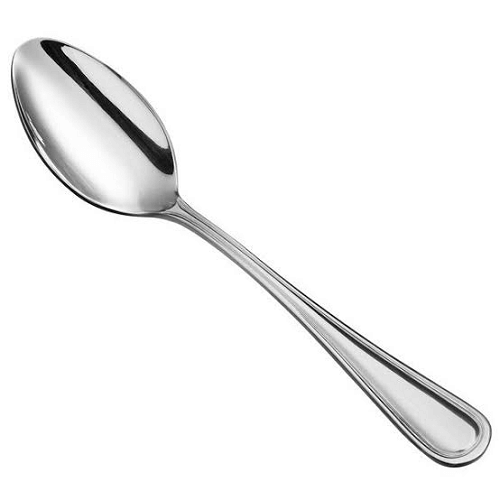
Large quantities of tablespoons are produced using stamping machines. This particular spoon is made to select the proper serving size of food. We typically serve meals with this spoon, including soup, cereal, and other foods. Nowadays wealthy families have personal tablespoons for each member. The term tablespoon is occasionally used in cookbooks as tbsp. TeaspoonThe teaspoon is one of the lesser varieties of spoons in the group of spoons. When tea overtook all other beverages in popularity, the term "teaspoon" first appeared during the British Colonial Empire. Around 2ml may fit in a teaspoon, which is a smaller spoon. Typically, a teaspoon has a volume of 2.0 to 7.3 ml. A typical teaspoon has 2 to 3 grams of dry mass. However it is equivalent to 1/3 of a tablespoon when used as a measuring tool in the kitchen. 1 fluid ounce equals 6 teaspoons in American measures, whereas a third of a cup equals 16 teaspoons. The word "teaspoon" may be shortened to "tsp" in cookbooks. 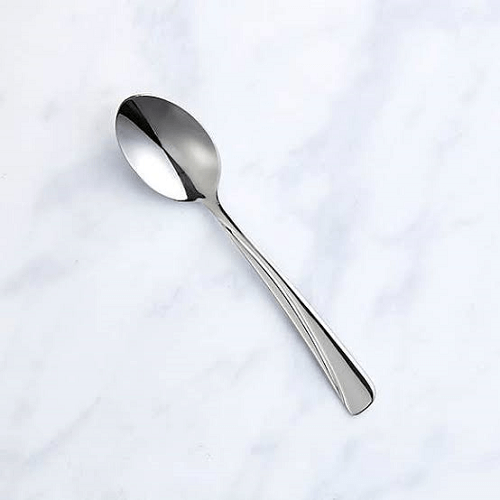
Typically, teaspoons are used for consuming various dishes, adding and combining sugar, stirring hot beverages like tea or coffee, and (ex: yogurt, cakes, ice-creams, etc.). As a common method of measuring liquid medications, people use teaspoons. Usually oval but occasionally circular, a teaspoon's head is made of porcelain. Moreover, tea sets frequently include teaspoons. 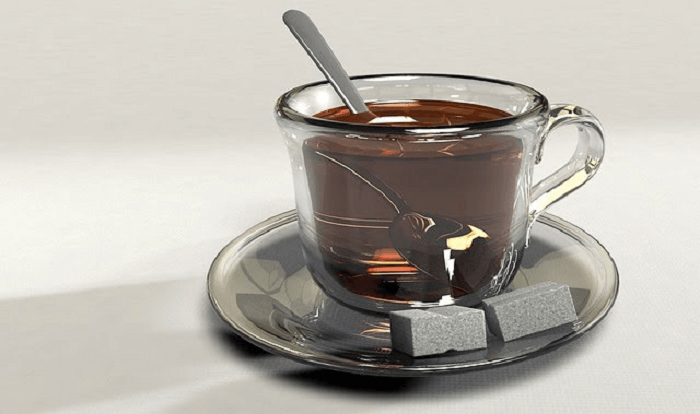
Teaspoons come in a variety of sizes and shapes, including dessert spoons (slightly bigger than a teaspoon), bar spoons (the same size as a teaspoon), coffee spoons (smaller than a teaspoon), orange or grapefruit spoons, and iced tea spoons (they have long handles and are used in eating ice cream). Conversion TableThis is a conversion chart. For baking and cooking, these measurements are critical.
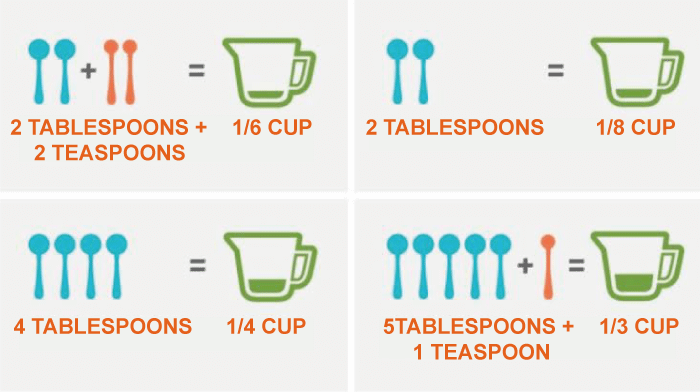
Tablespoon vs. Teaspoon: What Are the Differences
Comparison Between Teaspoon and Tablespoon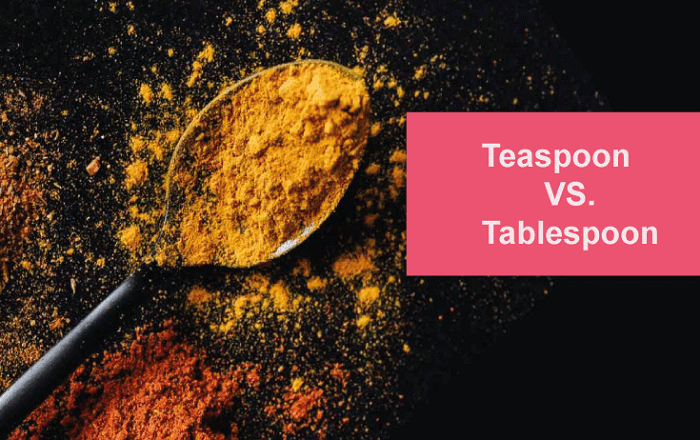
In A NutshellWhy is it crucial to understand the distinction between a tablespoon and a teaspoon? While they are both very modest units of measurement, a tablespoon is three times bigger than a teaspoon! Getting all the proportions correct is essential when following a recipe, specifically if you're baking, otherwise your finished product may turn out poorly. Using the incorrect measuring spoon by accident might lead to an overly salty meal or a lacklustre dessert. 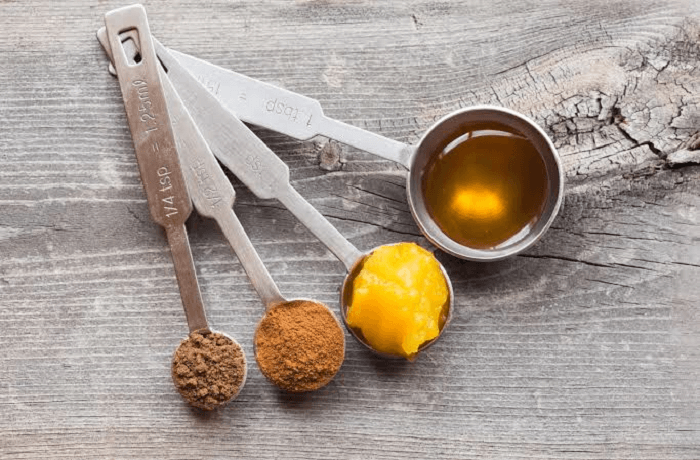
Tablespoons are used to serve and eat various types of food, such as cereal, whereas teaspoons are used to mix hot beverages, such as tea or coffee, and to add sugar. A teaspoon holds 5ml, compared to a tablespoon's around 15ml capacity. As a result, three teaspoons are really equivalent to one tablespoon. This is mostly how a tablespoon and a teaspoon differ from one another.
Next TopicDifference between
|
 For Videos Join Our Youtube Channel: Join Now
For Videos Join Our Youtube Channel: Join Now
Feedback
- Send your Feedback to [email protected]
Help Others, Please Share





